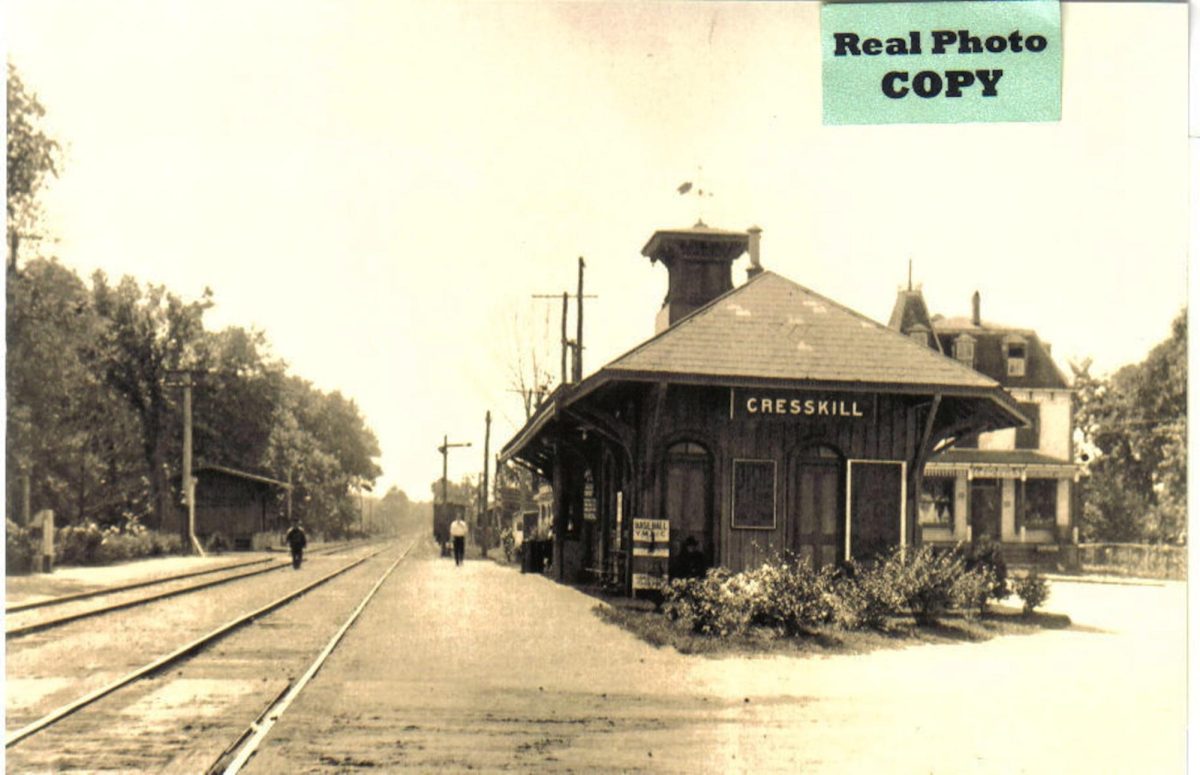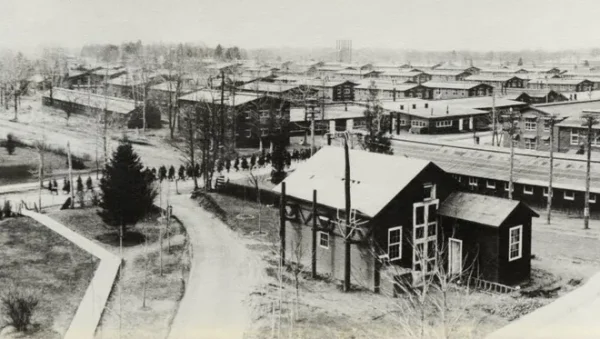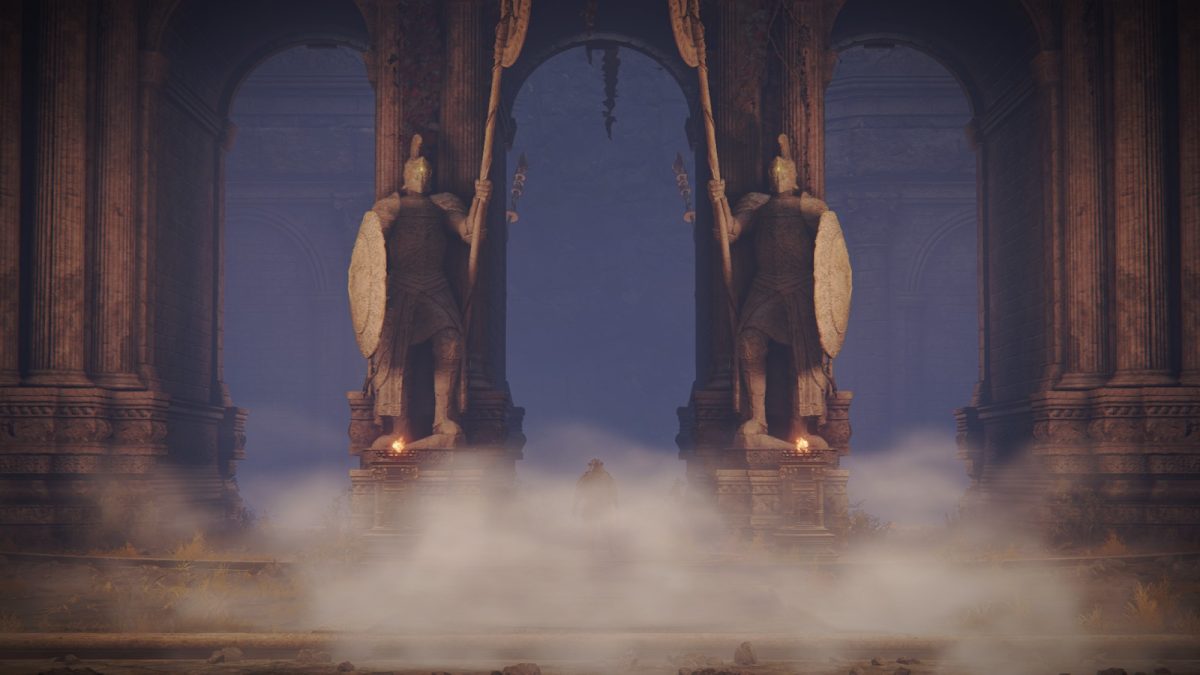Cresskill, on the surface, is currently the usual suburban town of northeastern United States, but how did it turn into this? How did it go from a few houses here and there to the booming suburbanite paradise that it is now? This article will explore the entire history of the land and people which Cresskill is composed of, and what makes Cresskill so special.
The first inhabitants of what is now Cresskill were Native Americans which were part of the Lenape tribe. The Lenape first immigrated from Asia around 15,000 years ago and slowly crossed North America to reach the northeastern coast around 12,000 years ago where they would decide to settle. For thousands of years they lived there, but eventually the early 1600s rolled around and life for the Lenape was about to be changed drastically.
Starting in 1609, Henry Hudson first claimed the area of modern day New Jersey, renaming it New Netherland. Most of the settlers of the New Netherland Colony settled where modern day Bergen County and New York City are today. When the Dutch arrived, they established peaceful relations with the Lenape because they depended on trading with them in order to obtain valuable animal pelts which they could sell.
Around 1621, Dutch privateers working for the Dutch West India Company began to take an interest in the colony so the Netherlands could capitalize on the North American fur trade to get an economic advantage on the Spanish and English. This caused an influx of immigration to the colony which made the colonizers want more land from the Lenape. The Dutch West India Company took this land by selling land grants to encourage development, sometimes not buying the land from the Lenape first.
Eventually, England wanted to control more of the fur trade so in 1664, they sailed into New Amsterdam with their Royal Navy warships. The Netherlands did not want to fight them, so instead they peacefully ceded the colony to England. The English drove many of the Lenape people out of their land by taking a more aggressive approach to them than the Dutch did by killing any Lenape which resisted immigrating westward.
The English had another issue, the Dutch settlers outnumbered them in their own colony. Eventually when more English settlers came, the Dutch began to assimilate into the Anglo-American identity that was beginning to form. Many still held important positions and streets and buildings were still being named by them. For example, Cresskill’s name comes from the watercress that used to grow abundantly here, and from the Dutch word for “kill,” meaning the small bodies of water that it grew around. Another example of this is Knickerbocker Road in Cresskill, and Bergen county itself being named for the Dutch word for hills and mountains.
During the American revolutionary war, much of what is now Cresskill was defended by local militias of Bergen county, protecting it from the British army and its Hessian auxiliaries. Benjamin P. Westervelt was one of these brave local militiamen who defended his country during the revolutionary war, and you can still visit his house today. Mr. Westervelt and many other militiamen of Bergen county, and the area of what is now Cresskill were of Dutch descent as there were still many Dutch in the area and it was a good place for them to move. However, like all Americans, they too felt like they were being mistreated by the British.
The early 1800s saw much development as more and more immigrated to Bergen County as it was starting to become the suburbs of New York City. Cresskill received more residents as a result of this and more houses were built, but it still remained a pretty rural community, with most of the businesses remaining agricultural. In 1859, the railroad that we can still see today was built in Cresskill. It brought many travelers through Cresskill and eventually the location of Cresskill started to be called Cresskill by locals and travelers after previously being referred to as “lower Closter.”

(The Press Group)
Starting in 1876, Creskill got even more recognition as the Bergen County Atlas had described it as having “many beautiful residences here of New York business and professional men.” Besides this, in 1879 Cresskill constructed the largest chicken hatchery in the world at a cost of $75,000 which had the capacity for creating 10,000 chickens in a week, which was extremely profitable.
The 1890’s saw the phenomenon of boroughitis wash over Bergen County. The residents of what would soon become Cresskill saw this as an attractive option because it would allow them to gain a seat on the county board, and get control of the local schools, as well as operate the railway station and other town services themselves.
On May 8th, 1894 the legislation which would allow for Cresskill to split off from the Palisades township was finally passed and Cresskill was now an independent borough of its own. The 1894 borders are almost identical to today’s borders, except for Cresskill no longer having access to the Hudson river due to the 1903 ceding of land to Alpine.
During the beginning of American involvement in the first World War, Cresskill and Dumont were chosen as the location for a camp because they were close enough to the Hoboken port of embarkation and they had an already established railway line. During the time that Camp Merritt was in use, many small businesses started to pop up to accommodate the soldiers which economically boosted Cresskill. The impact of this can still be seen in Cresskill as many of the structures for those businesses were recycled after they were torn down when Camp Merritt was decommissioned, and turned into something new. Another legacy of Camp Merritt is the obelisk on the border of Cresskill and Dumont which was dedicated in 1924.

(northjersey.com)
The population continued to increase in the 1920s which led to many houses being built to facilitate this growth. Many of these houses can still be spotted today due to their design, the craftsman style. Unfortunately, when the great depression struck, many of these houses remained vacant as people did not have enough money to buy them and move in. Many of the businesses which had popped up earlier failed and disappeared as people did not have the money to buy their products any longer.
Despite the great depression, the population continued to expand. Especially after the construction of the George Washington Bridge was completed. The houses began to be bought up, but the businesses never returned as Cresskill was starting to shift into fully being a suburb. It was at this time that Cresskill began to look like it does now as previously mentioned many of the structures built in this time are still being lived in and used. As well as the population starting to somewhat resemble what it would later become. In addition to this, the close proximity of Cresskill to New York, provided a great spot for these new immigrants to settle.
During the second World War, many young men and women of Cresskill volunteered to fight for our country. Only now, they would be going to a training camp far away from Cresskill in comparison to the troops who were only stationed at Camp Merritt only 23 years prior. Like many other towns in the United States, Cresskill also had some virtue signaling programs and events to show their support. Some of these included the Cresskill Defense Council, and salvage drives to protect Cresskill and conserve resources.
After the war, people returned home to start their own families. Also due to the American prosperity of the postwar world, even more immigrants came to settle in Cresskill. This abundance of over 280 families caused more houses to be built, various utility buildings extended, and more various buildings of worship being built to accommodate the higher population. Cresskill really grew at this time with many of the important buildings such as the fire house, the post office, and St. Therese’s school.
This population boom continued into the 1960s and 1970s and it summoned new industries in Cresskill with the most prominent being Hoke, Railroad Accessories Corporation, County Trust bank. None of these are here today, but their legacy lives on as they gave many people from this population boom much needed jobs and greatly supported the economy of Cresskill. This new booming economy in turn, caused even more immigration, creating a cycle.
The 80s and 90s saw continued development with many of the restaurants that we know and love coming to Cresskill such as Ray’s and Dante’s pizza. Many town services were updated such as getting new vehicles for the fire department and for the police department. Additionally, Cresskill turned 100 years old, which garnered a new interest in Cresskill history.
So, what is happening now in Cresskill? While Cresskill’s infrastructure has been fully completed and developed, Cresskill’s identity continues to evolve. Cresskill continues to push past previous issues such as the COVID-19 pandemic, and its middle and high school flooding. Cresskill continues to thrive as the suburbanite paradise which its citizens have worked hard to create over the years. From this, we can see that the people in Cresskill may not show it often, however their sense of community is everlasting.







